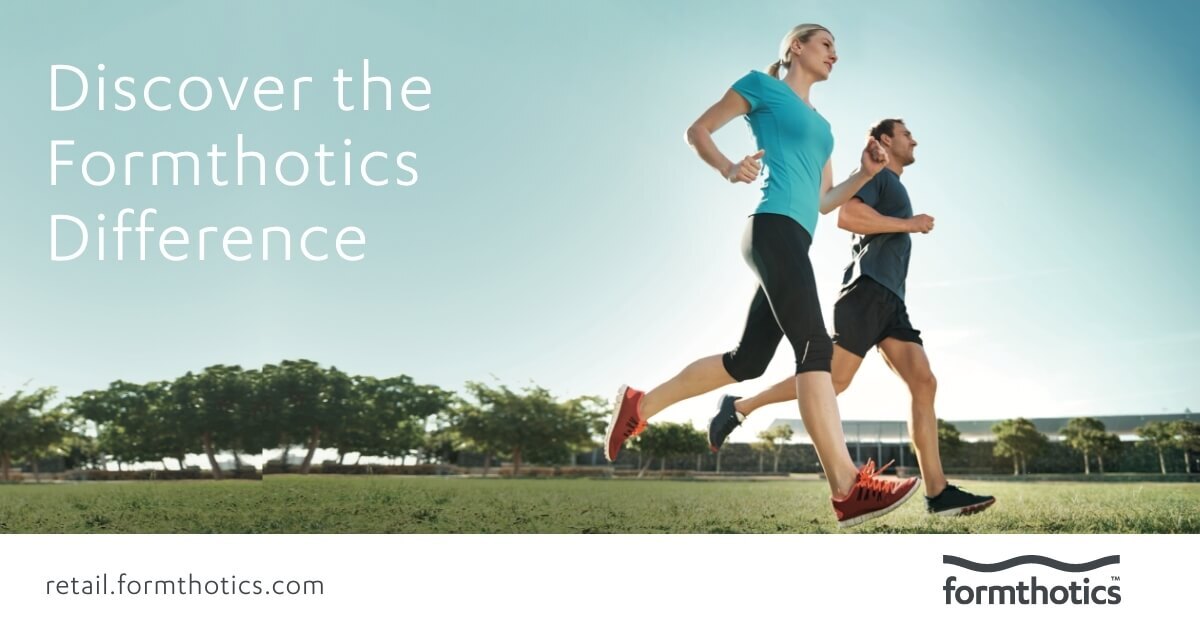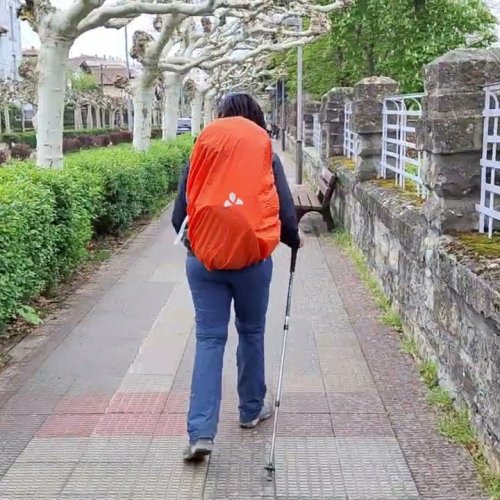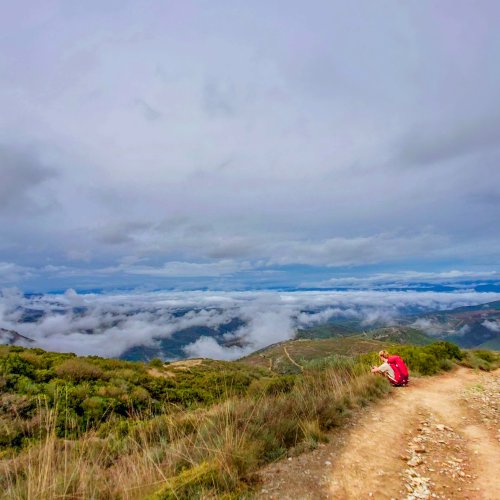I noticed that definitions are getting kinda blurry for the terms 'Insole'/'Insert, vs 'Orthotic'. I thought it might help to tighten things up a bit so that we do not get tripped up by terminology.
Insoles, arch supports and molded inserts are pretty much the same thing as a category. You can usually find them over the counter at retailers from big box stores to athletic shops to outdoor recreation stores like REI. They are all over online shopping sites as well.
They provide additional cushioning and may also offer some level of minor support in your shoes, replacing the insole that came with the shoe.. Because the material is often soft and deforms easily, even if contains some plastics, evaluating them for wear and tear about every 4 to 6 months, at most, is a good idea. Beyond that and their functionality decreases.
Orthotics are found in shops that are specialized or medical offices. This can get a bit confusing because the term “orthotic” has been adopted into a more common usage as a generic term, like kleenex or windex to describe all sorts of shoe inserts.
An orthotic is generally a firm support. It is primarily made from some type of plastic material where the arch of your foot is located. Orthotics are made based on measurement and assessment of foot positions during exam. Frequently, there are x-ray examinations made of the foot/feet. hey are meant to provide some distinct level of arch support in order to reduce the risk of further structural damage of injury to the feet while walking or running.
As a result, orthotics are custom made. They cannot be pre-made or manufactured then placed on a store shelf waiting for a buyer. Your foot must to be evaluated, and that evaluation determines what and which type of orthotic you need. A mold is made of the foot/feet, the mold is then modified to deal with the foot's specific structural issue(s), and then the orthotic is fabricated (off site or on site) to precisely match that foot and its needed correction. Orthotics do not usually deform; therefore, they do not have to be replaced as nearly as frequently as over-the-counter insoles.
Superfeet models, for example, even though they have a plastic component, are NOT orthotics. Neither are Dr. Scholls products, or gel inserts, or silicone stuff that slips into a shoe. The same applies to heat molded insole products.
Some other personal observations:
Into this mix comes a sorta hybrid approach: specialty shops which are stand-alone, retail locations that one can pop into and have a mold taken, and a device produced.
The inserts produced are meant to act in the same manner as an orthotic, and many of these shops do indeed refer to their product as an orthotic insert. Here's the problem: the need for a physical exam and assessment has often been replaced with a robotic algorithm which attempts to deduce problems based on a foot's shape and visualized pressure points.
That is an imprecise way to try and determine an actual deformity or structural problem that NEEDS to be corrected, vs one which does NOT need correcting. They can work to help soreness, but they can also do nothing; or worse, exacerbate an underlying issue. As such, the insert devices produced may not solve the problem at all, and the customer later ends up still needing to visit a medical professional, which will cost even more money.
Keep in mind that the business of orthotics, even those which are custom made in a podiatrist's office, are a BUSINESS. There is a large debate, even in professional circles, about how to evaluate the need for an orthotic, whether they are needed, and even whether they produce the level of benefit which are promised to patients and consumers.
Anecdotally, there are many who find them a life saver. . . but also those who have found them to create harm.
I think there is an approach to dealing with foot issue which reveal themselves when distance walking which will allow for two things: 1. The ability of the person to make effective changes starting with the simplest corrections which are usually the least expensive. 2. If you find that nothing suggested is effective, you will have a more precise way of explaining your symptoms to a treatment specialist, like a Podiatrist.
1. Start first with the footwear itself. Not every shoe model can satisfy all the needs of every individual. Each brand of shoe will have a variety of different models within that brand, which incorporates varying levels of motion control and pronation control features, as well as cushioning. Those features range from neutral to very aggressive.
Whether Hoka One One, New Balance, Nike, Brooks, Asics, etc, you can find a model that is designed to more effectively deal with a deficiency.
2. If you find a shoe that is the most effective at helping to deal with you issue, but can still benefit from additional correction then try out various insoles and inserts which focus on the specific issues that you are concerned with: pronation, motion control, comfort, heel pain, metatarsal pain, etc.
Like shoes, there are many third party insoles and inserts, with each brand having a variety of models to try and address a number of foot related corrections. It can take time to find a good match; it is not as simple as taking the recommendations of other people and calling it good. Like shoes, what may be terrific for one person, may be medieval level torture to another.
It is a myth that it may take time for you to 'get used' to an insole or insert if the insert or insole is uncomfortable. Do not accept that. What can be true is that an insert or insole might feel 'odd', which will sort itself out quickly as you wear them. Discomfort = no.
3. If a solution isn't found, I would think about consulting with a Sports Podiatrist, not a general Podiatrist, to properly assess feet and ankles.
At any point if there is serious discomfort with knees and/or the lower back is involved that goes beyond your body normally adjusting to a new regimen of long distance walking, I recommend seeking consultation with an Orthopedic practitioner or surgeon who can more accurately assess you for specific musculoskeletal issues. The diagnosis may point to the need to address issues with the feet in order to solve the problem, but there can be other serious underlying explanations for the pain.
There are folks who will report that their symptoms were resolved using a variety of means. These are anecdotal reports. While they worked well for someone else, there are others for which they have failed.
So go conservatively, being cautious with any serious concerns regarding knees, lower legs, ankles and feet as you seek solutions. If someone suggests something that sounds appealing to try, go slowly as you try it out yourself.




















